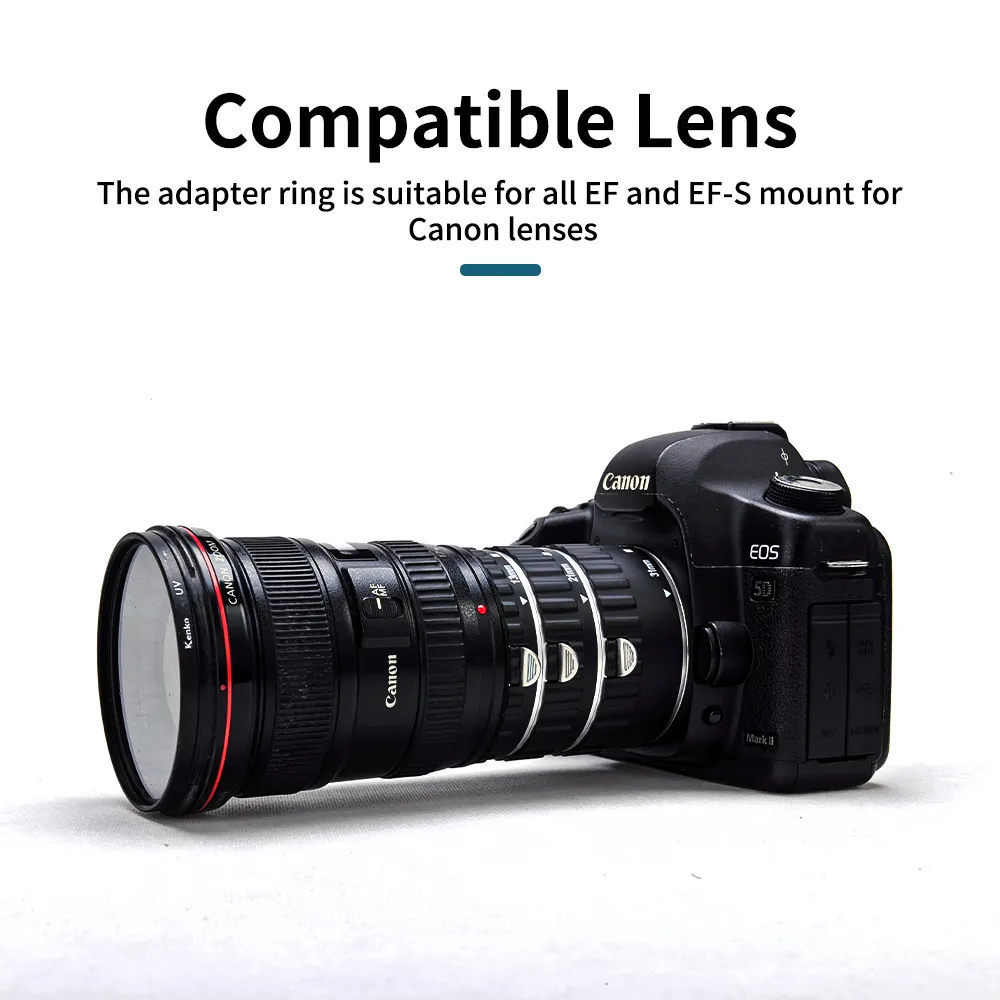

Time:2025-04-17 Views:1

Macro lens adapters may encounter transient loads during their use, and their ability to withstand these loads is essential for maintaining the integrity of the photography equipment and ensuring high - quality shots.
Nature of Transient Loads in Photography
Transient loads in the context of macro lens adapters refer to sudden and short - lived forces that act on the adapter. These can occur in various situations. For example, when a photographer accidentally bumps the camera - lens - adapter setup while shooting, a transient impact load is applied to the adapter. In addition, rapid changes in the position of the camera, such as during quick panning or sudden adjustments in handheld shooting, can subject the adapter to transient inertial loads. Another source of transient loads can be vibrations. If the camera is placed on an unstable surface or near a source of vibration, like a running motor, the adapter may experience transient vibrational loads. These transient loads can be quite significant, especially considering the delicate nature of the connection between the lens and the camera that the adapter facilitates.
Materials and Design for Transient Load Resistance
The materials used in the construction of macro lens adapters play a crucial role in their ability to resist transient loads. High - strength materials are often preferred. For example, adapters made from aerospace - grade aluminum alloys or certain types of high - carbon steels can better withstand impact and inertial loads. These materials have high tensile and compressive strengths, which allow them to absorb the energy from transient loads without deforming or breaking. The design of the adapter also matters. A well - designed adapter will have a robust structure with proper reinforcements in areas that are likely to be affected by transient loads. For instance, the connection points between the adapter and the lens and camera body may be designed with additional support structures or thicker walls to distribute the load more evenly. Some adapters may also incorporate shock - absorbing elements, such as rubber or silicone inserts, which can help dampen the effects of transient loads.
Impact on Equipment and Image Quality
If a macro lens adapter fails to resist transient loads, it can have serious consequences for the photography equipment and the resulting image quality. A damaged adapter due to a transient load may cause misalignment between the lens and the camera. This misalignment can lead to issues such as vignetting, where the corners of the image are darker, or uneven focus across the frame. In extreme cases, a severely damaged adapter may even cause the lens to detach from the camera, potentially resulting in damage to both the lens and the camera. To ensure that macro lens adapters can withstand transient loads, manufacturers conduct rigorous testing. They simulate various transient load scenarios, such as drop tests to mimic accidental impacts and vibration tests to assess the adapter's response to vibrational loads. By understanding the importance of transient load resistance and choosing high - quality macro lens adapters, photographers can protect their valuable equipment and capture consistent, high - quality macro images.
Read recommendations:
Solving the Durability Problem of Motorcycle DVR Camera Mounts